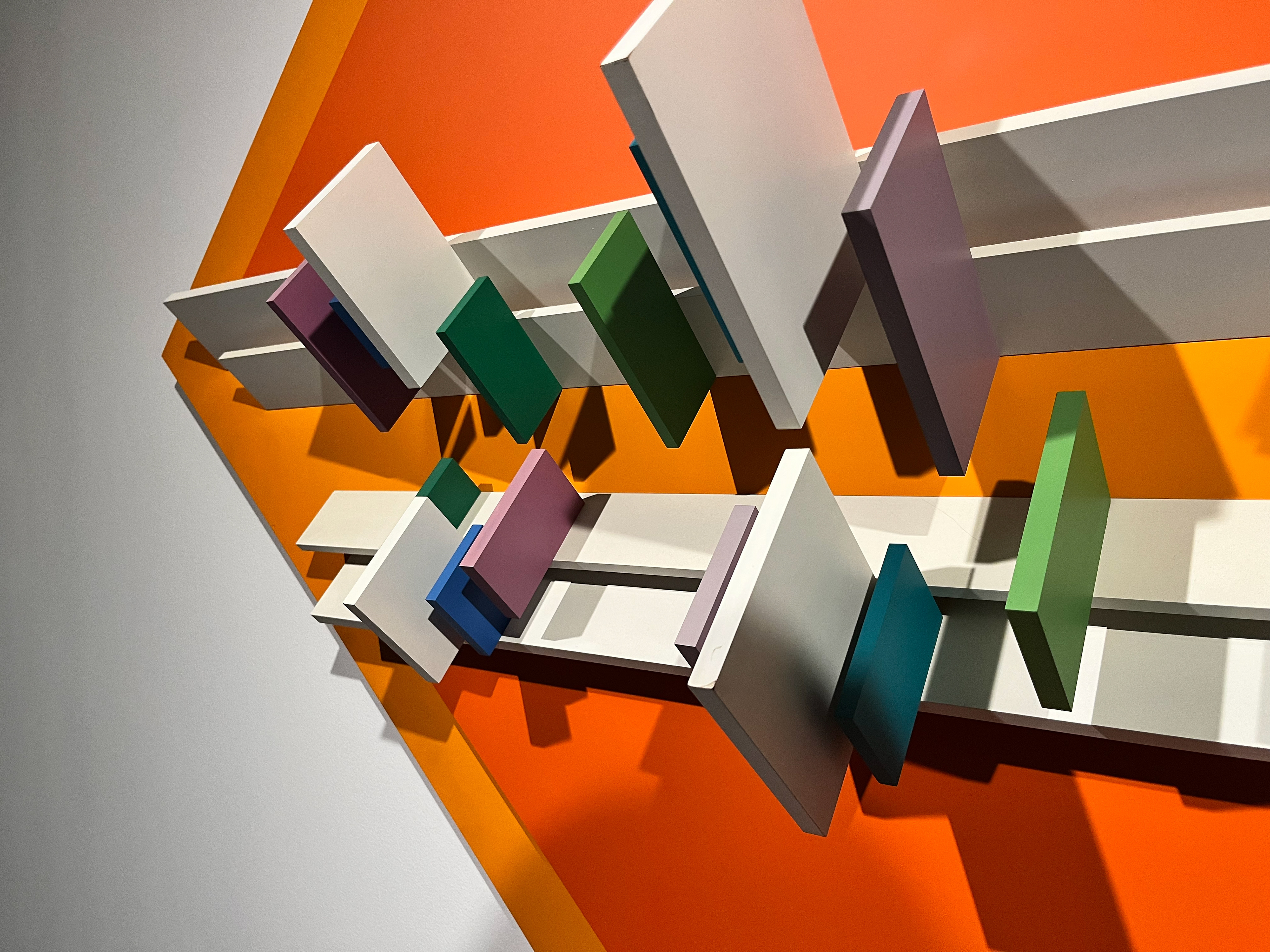
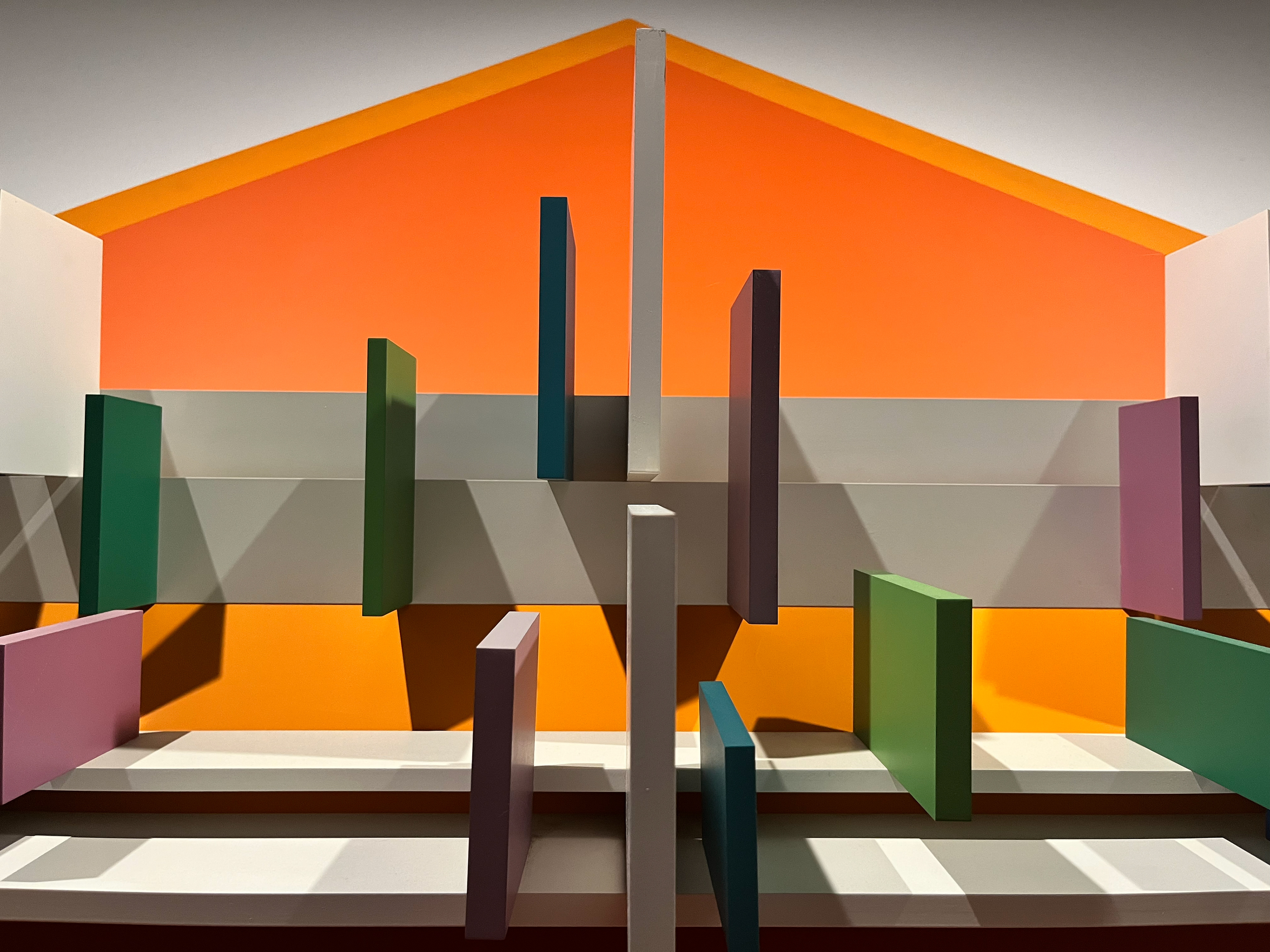
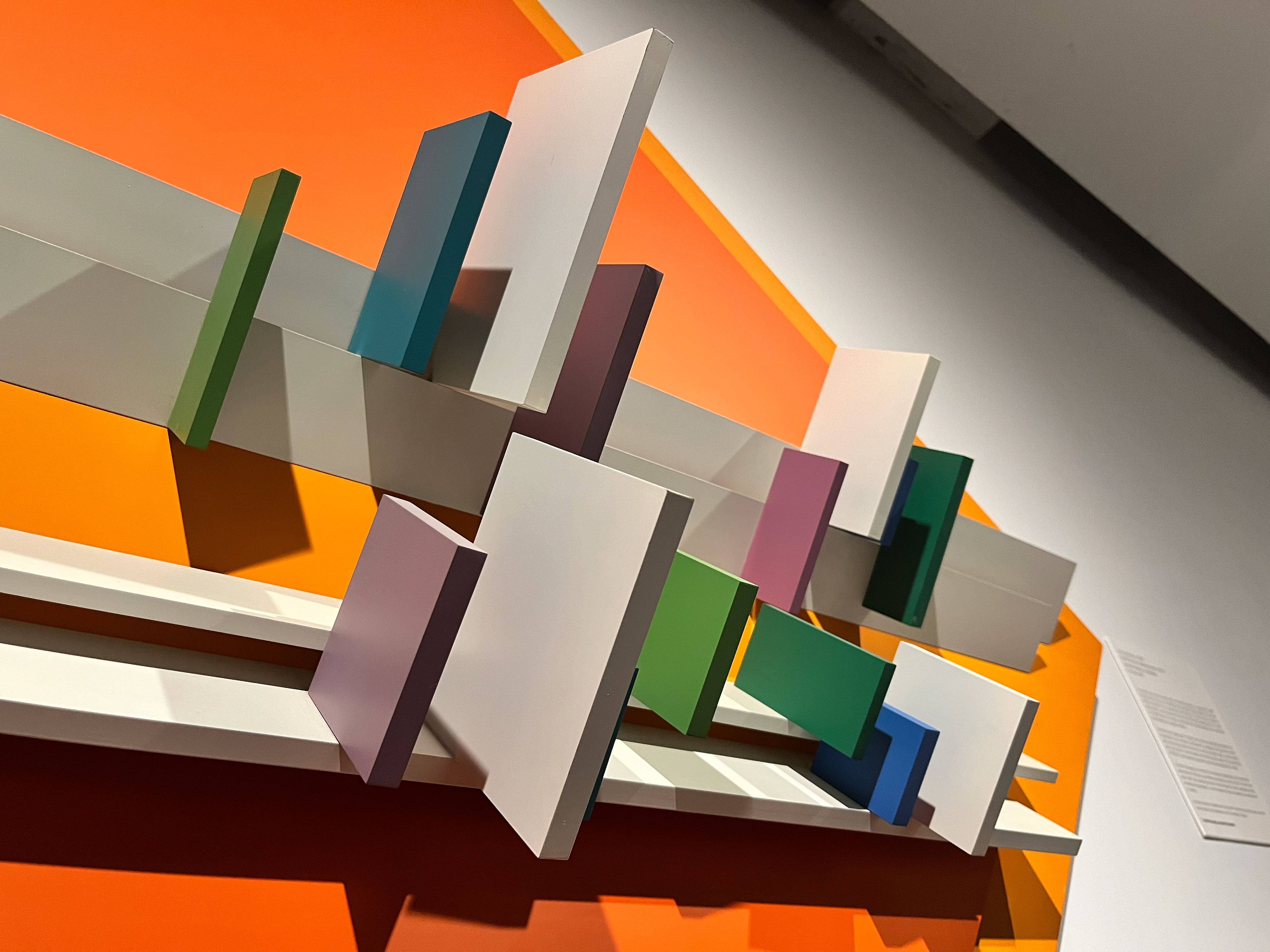
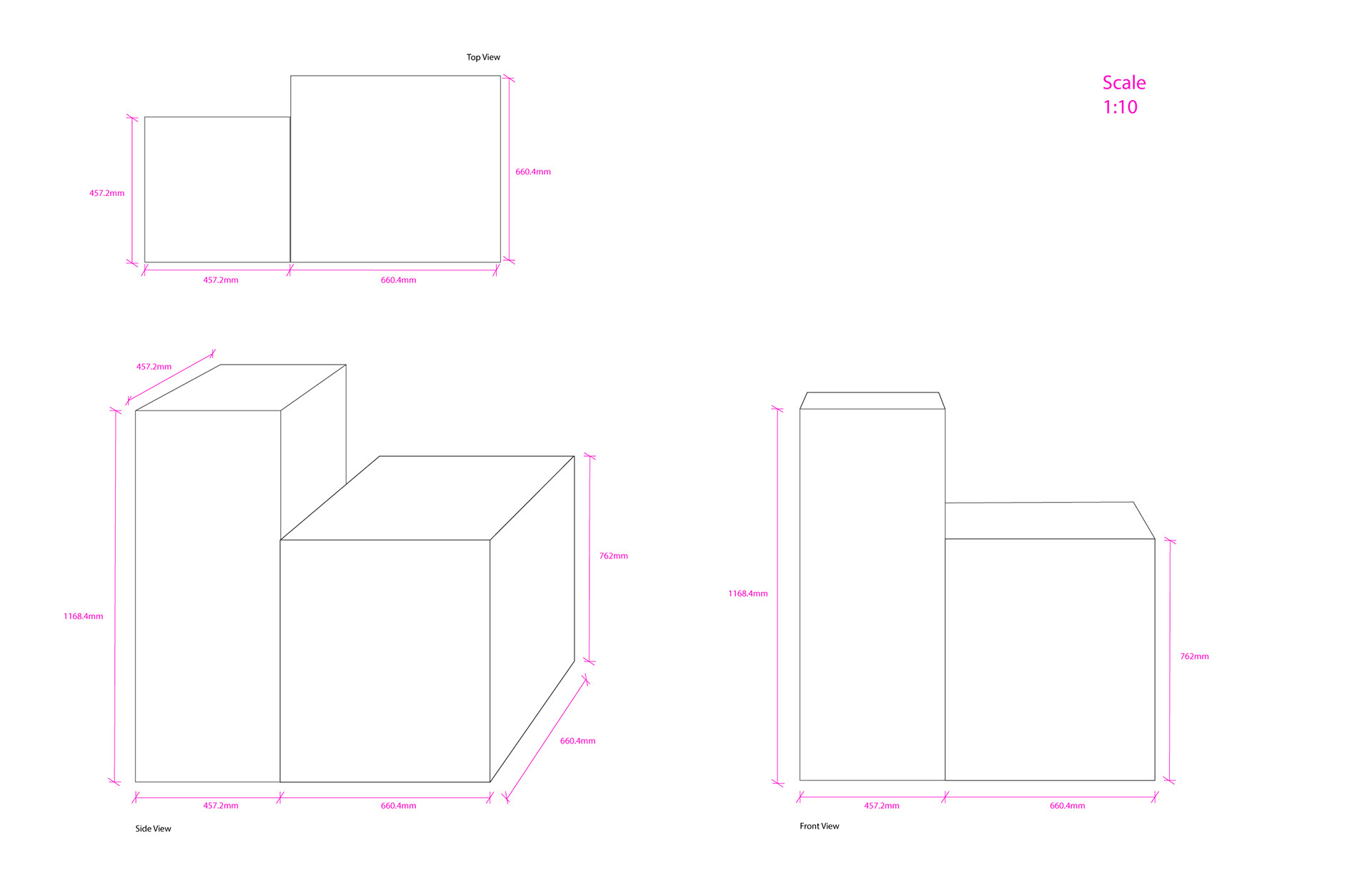
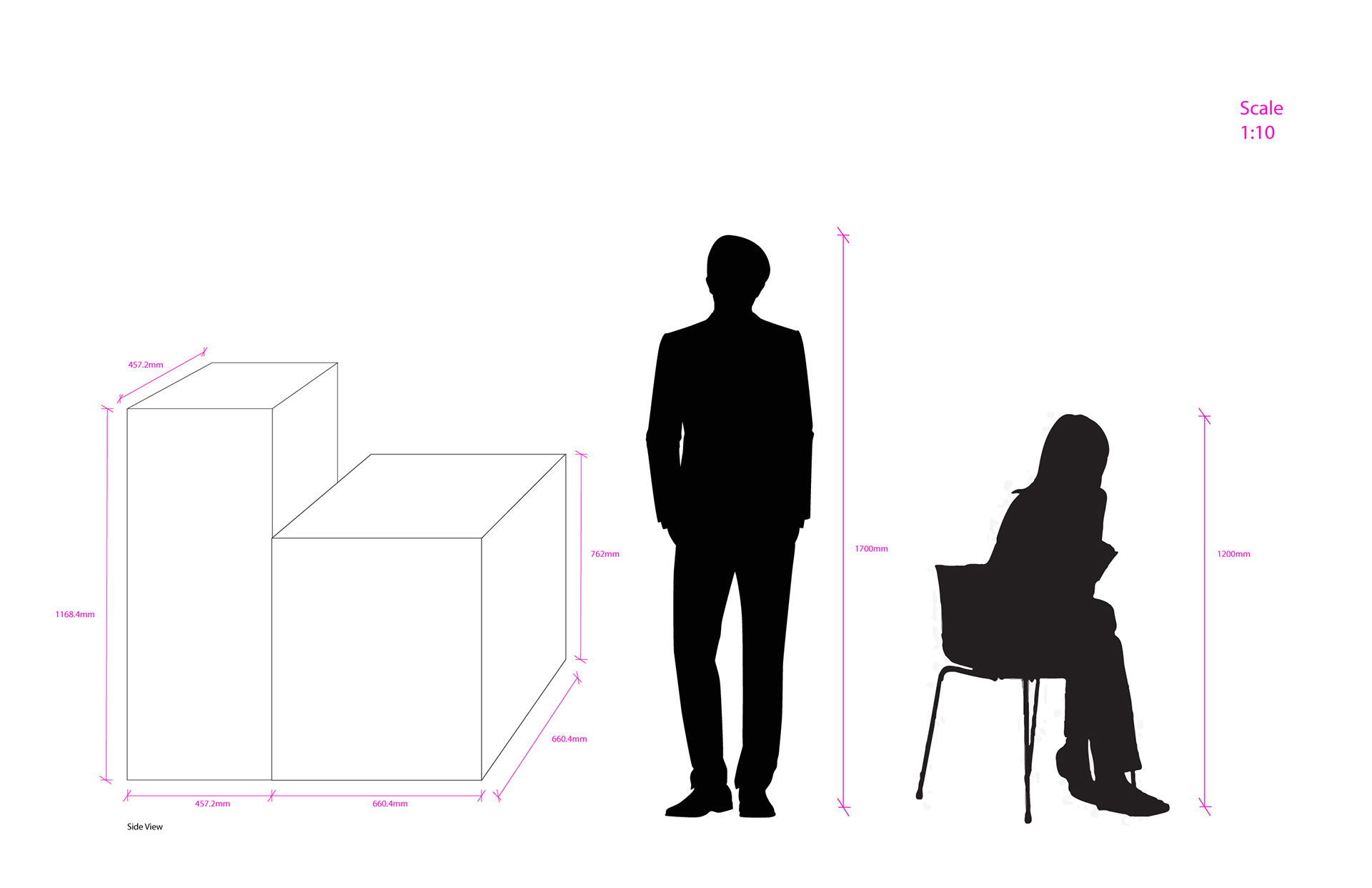
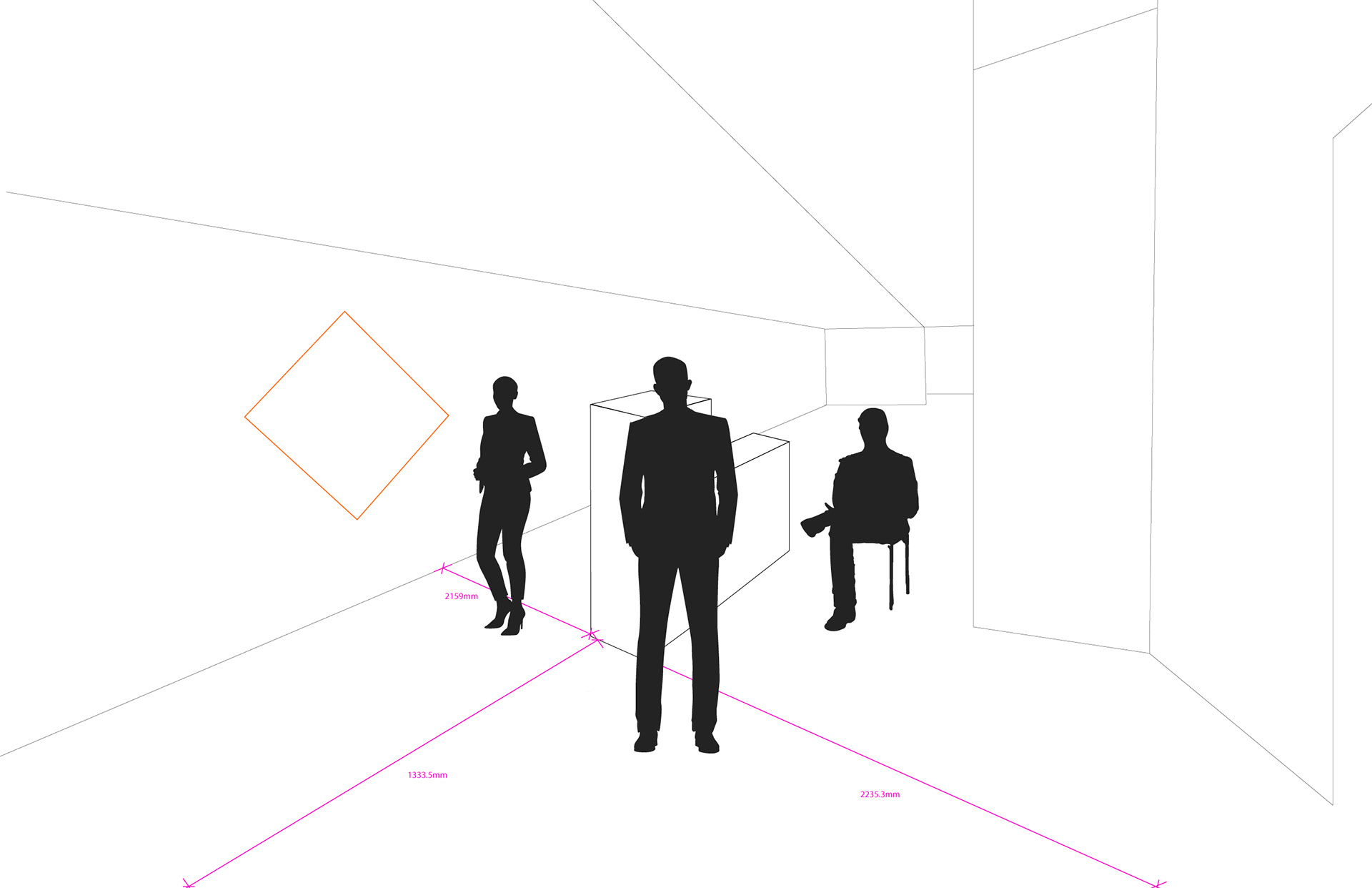




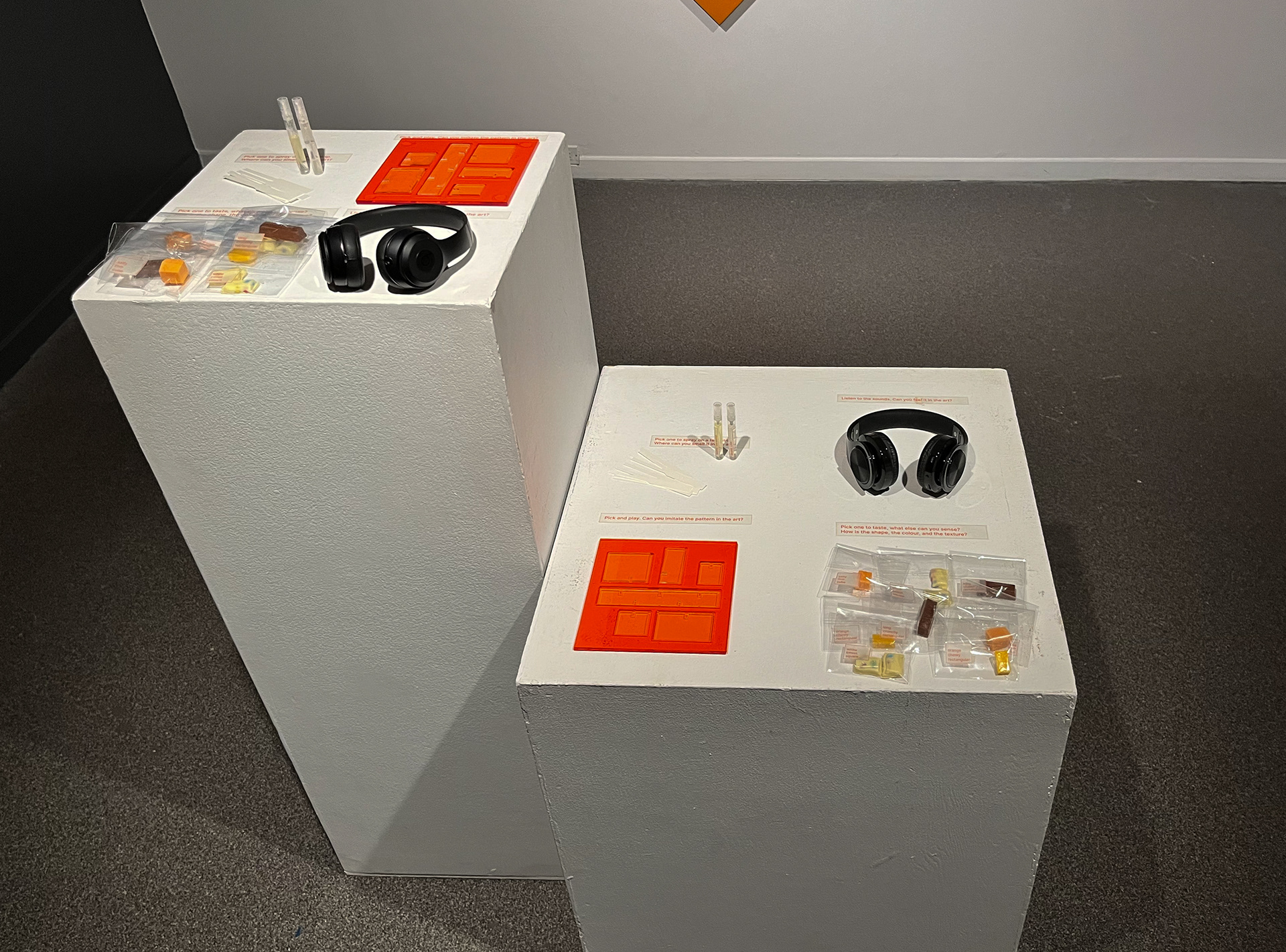

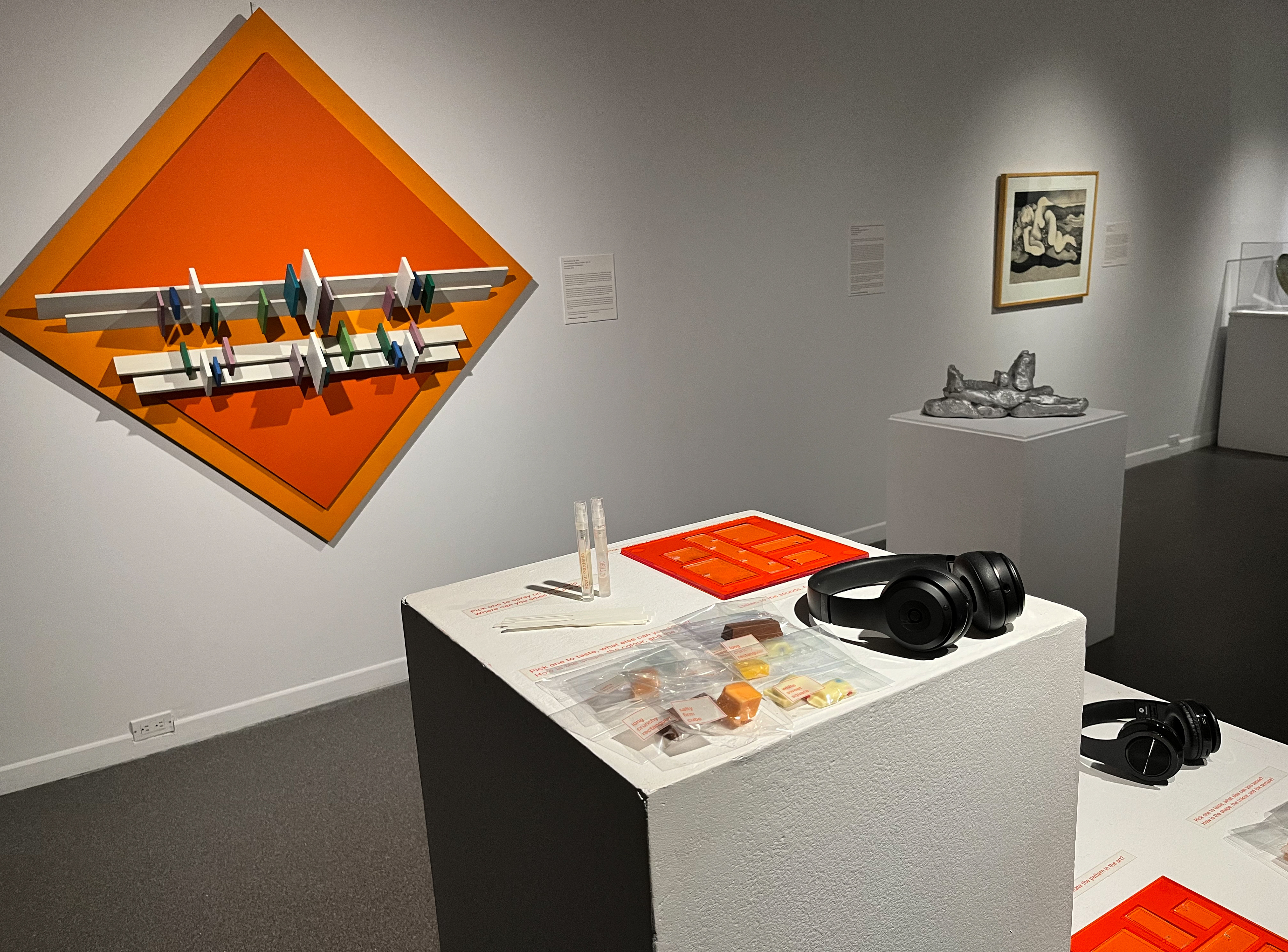
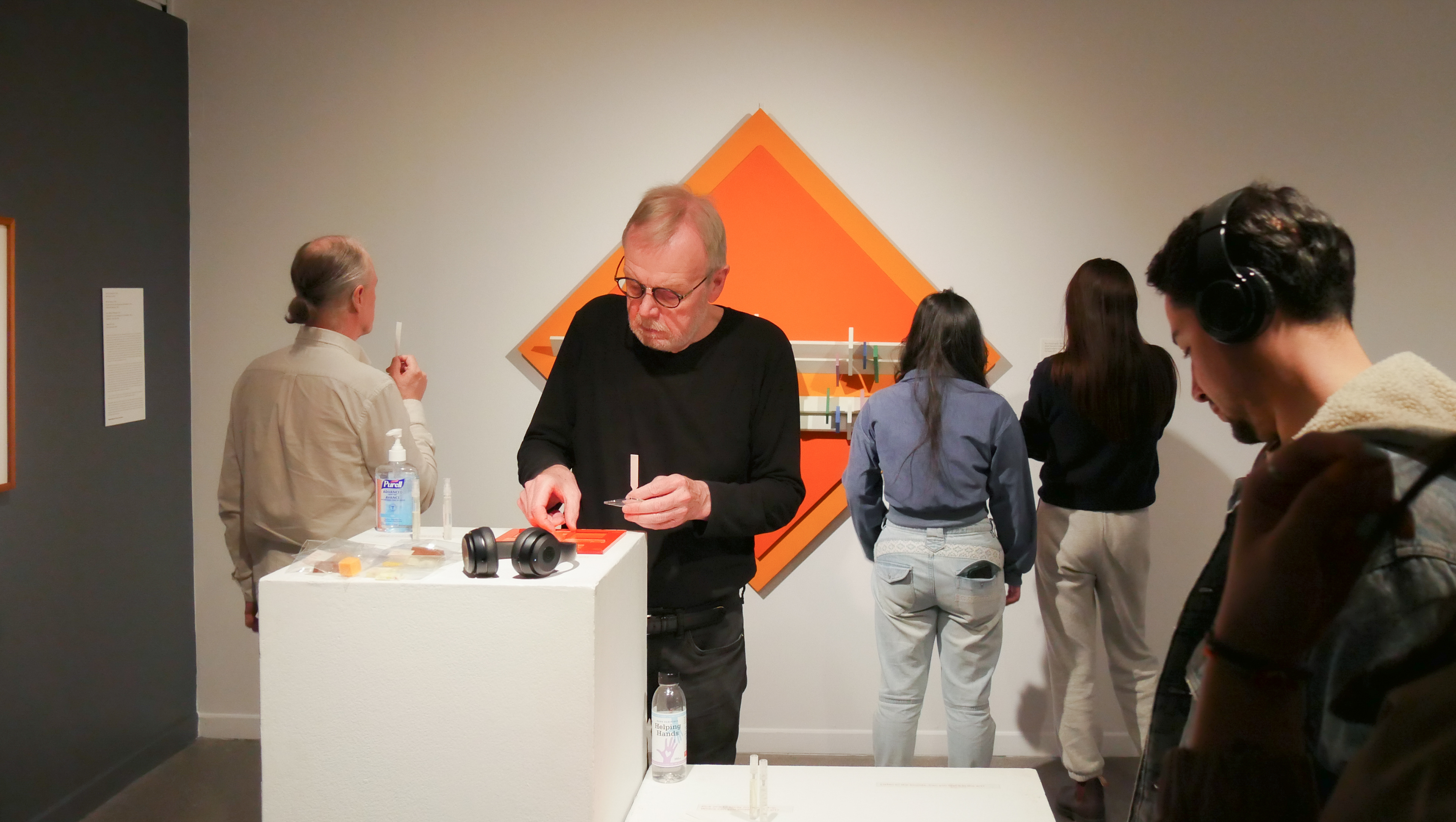
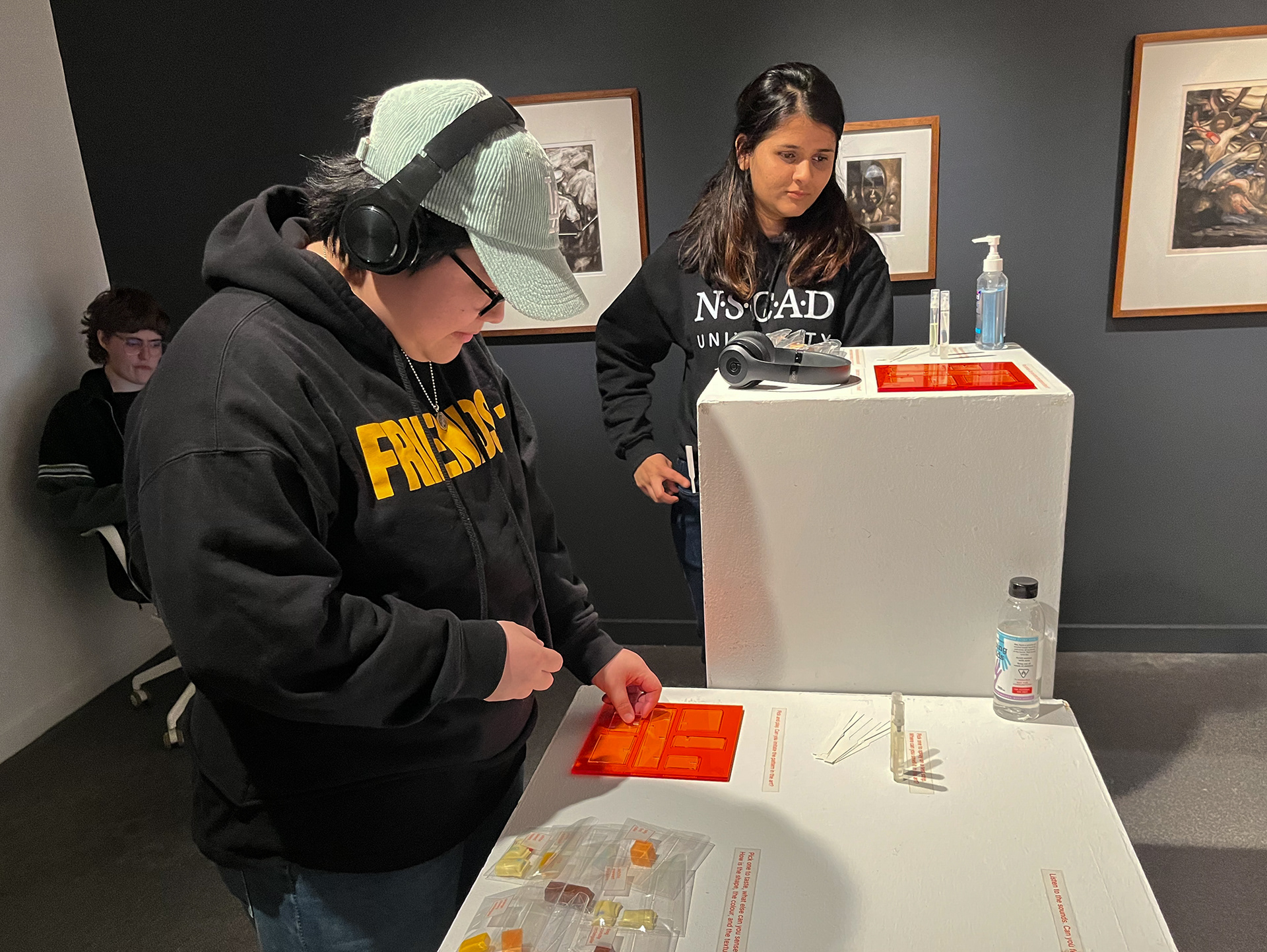
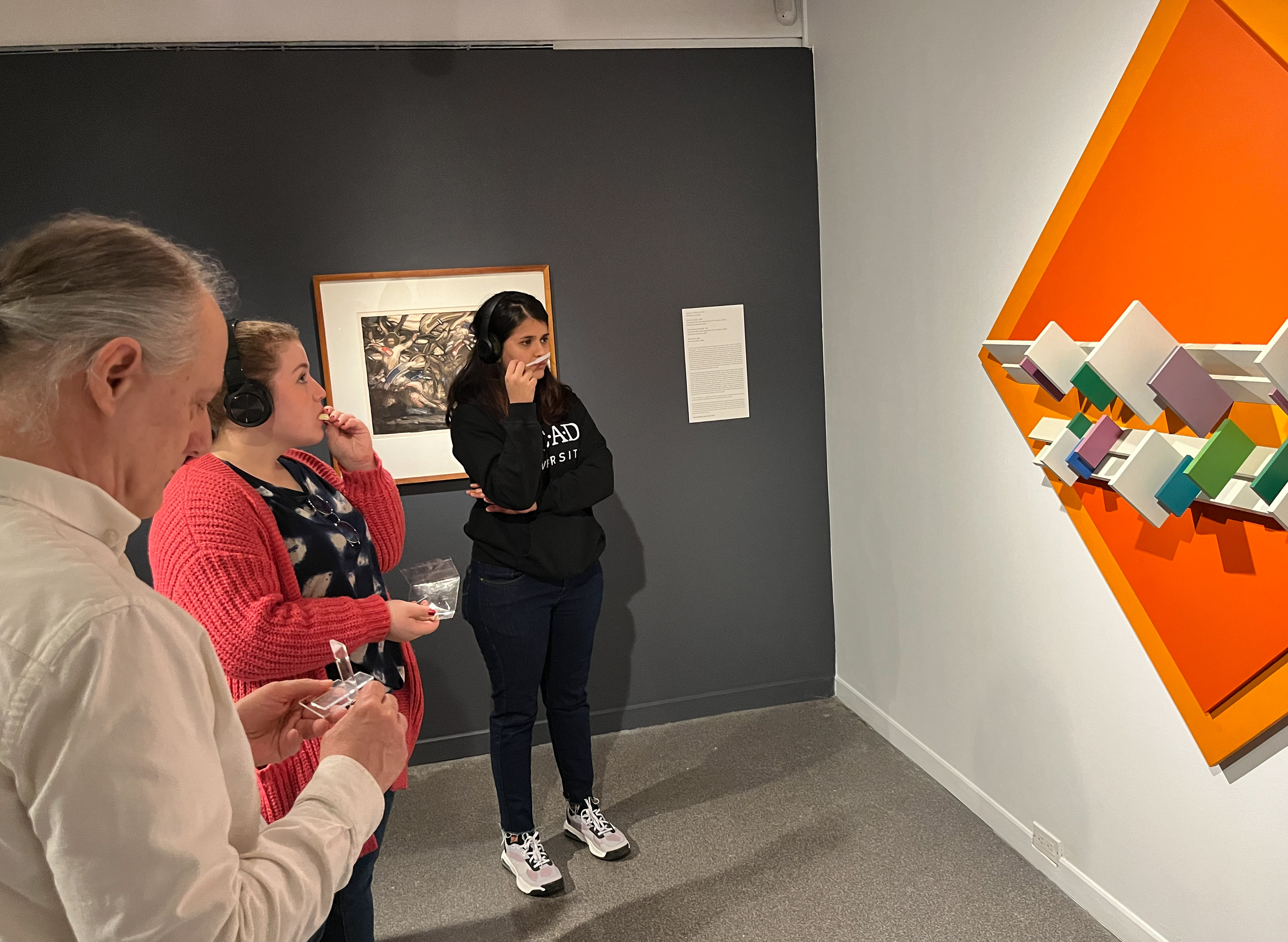
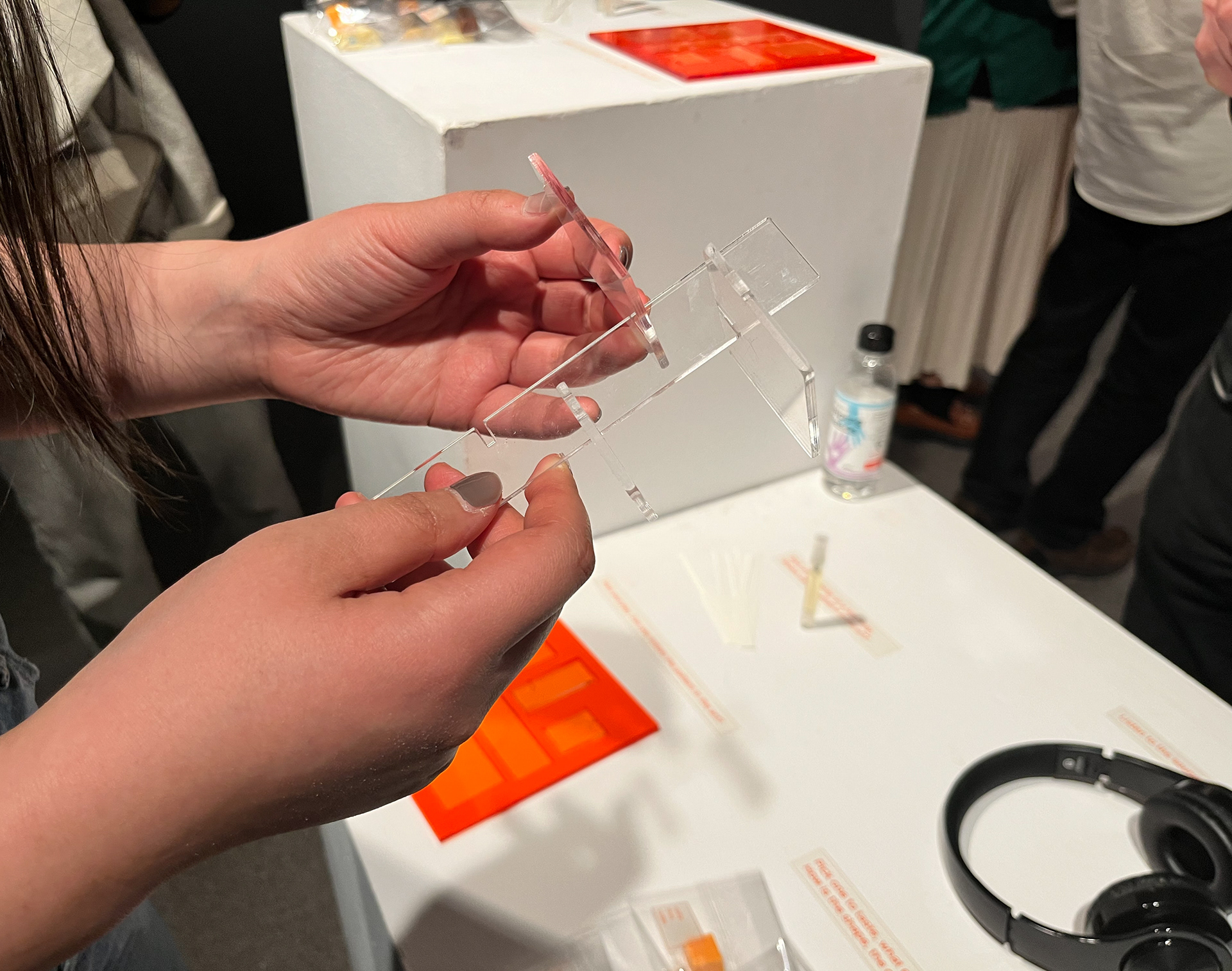
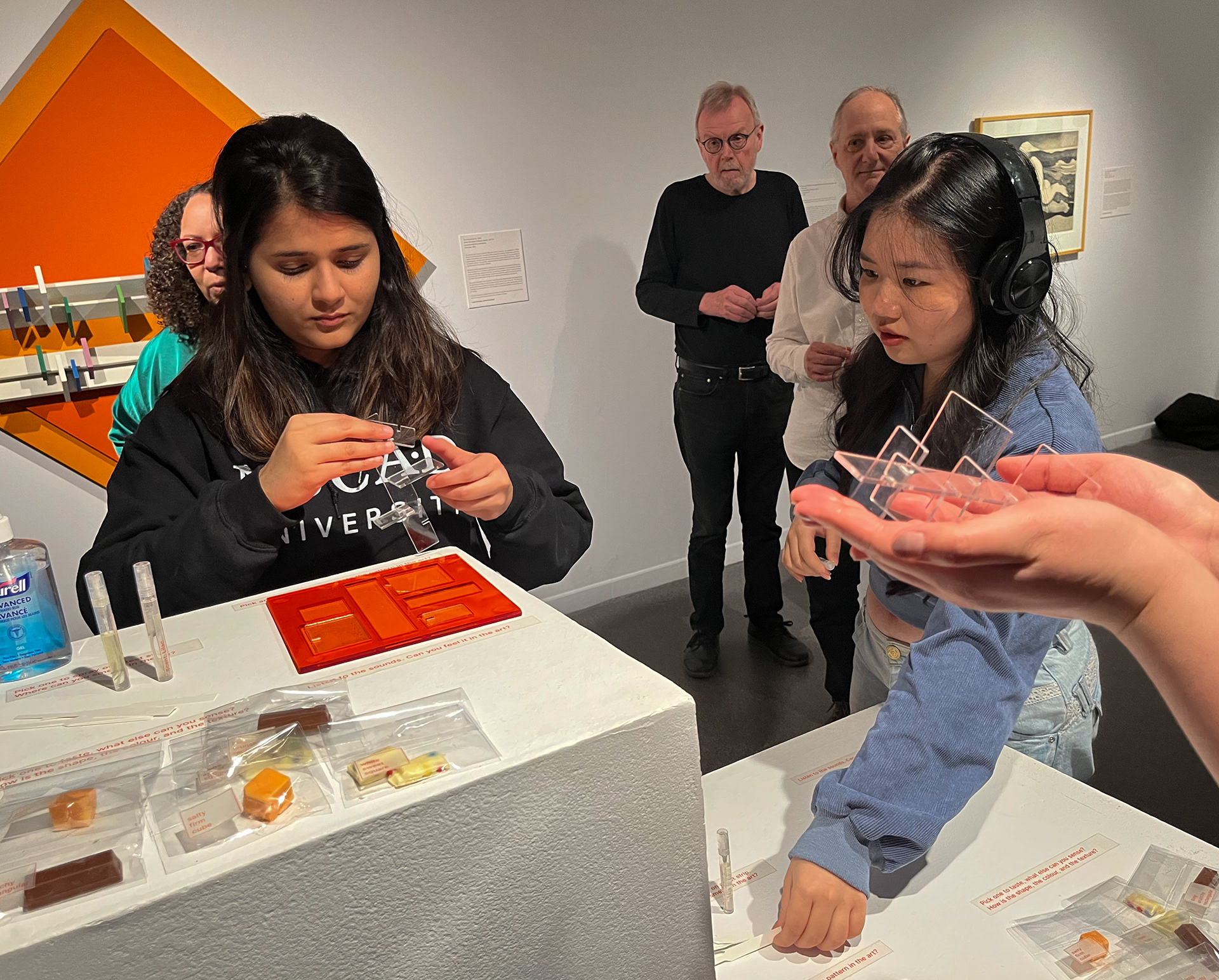
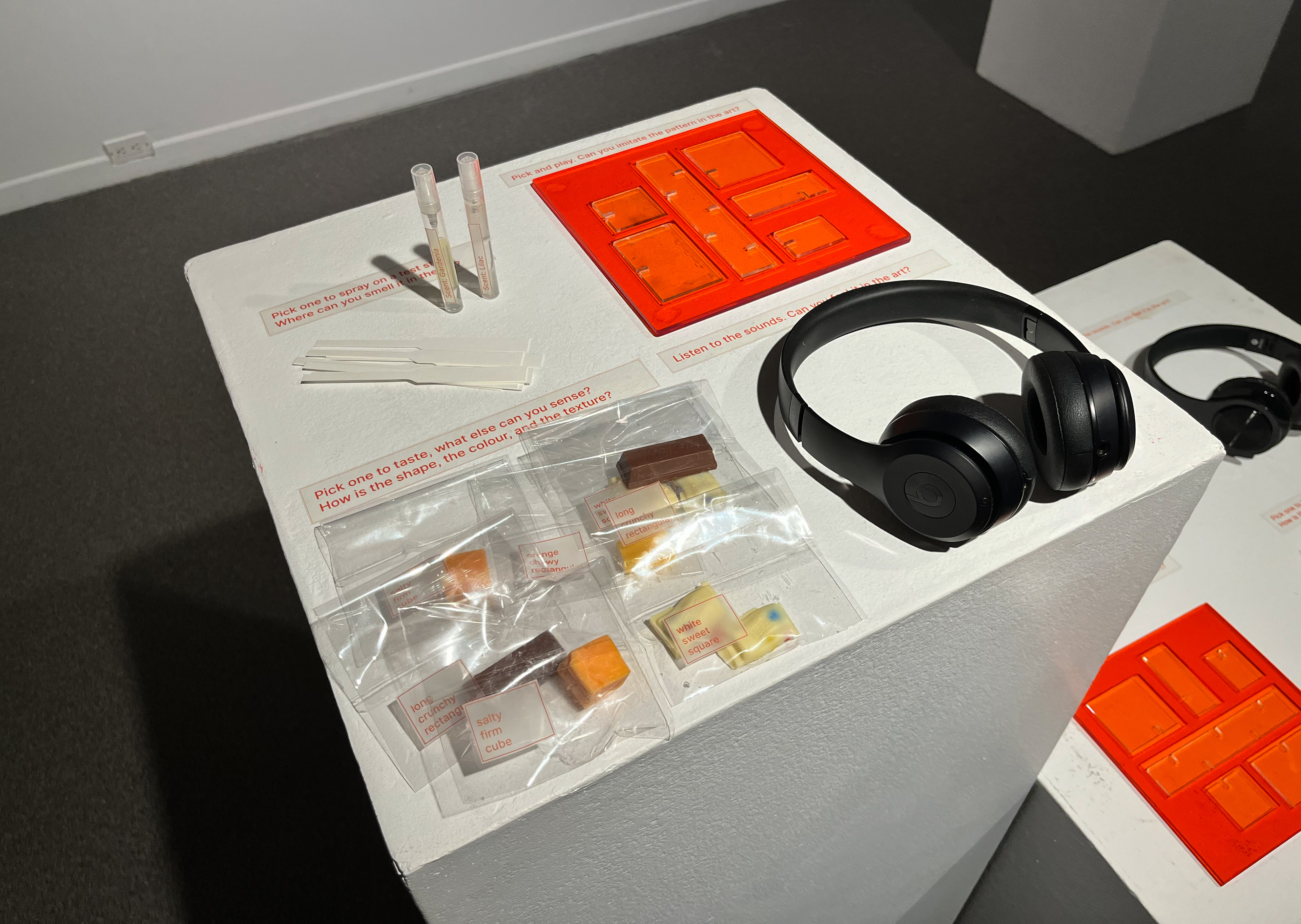
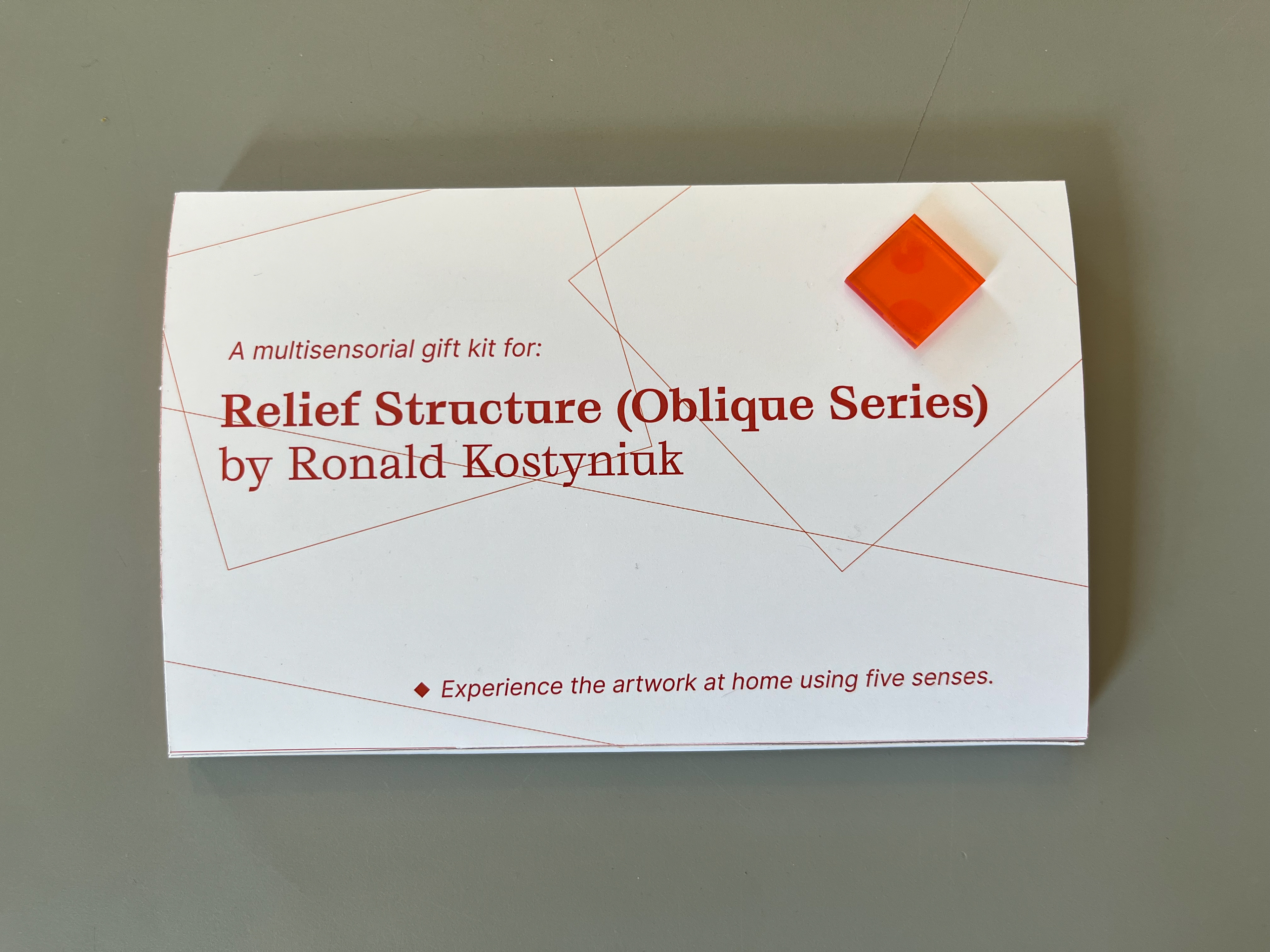
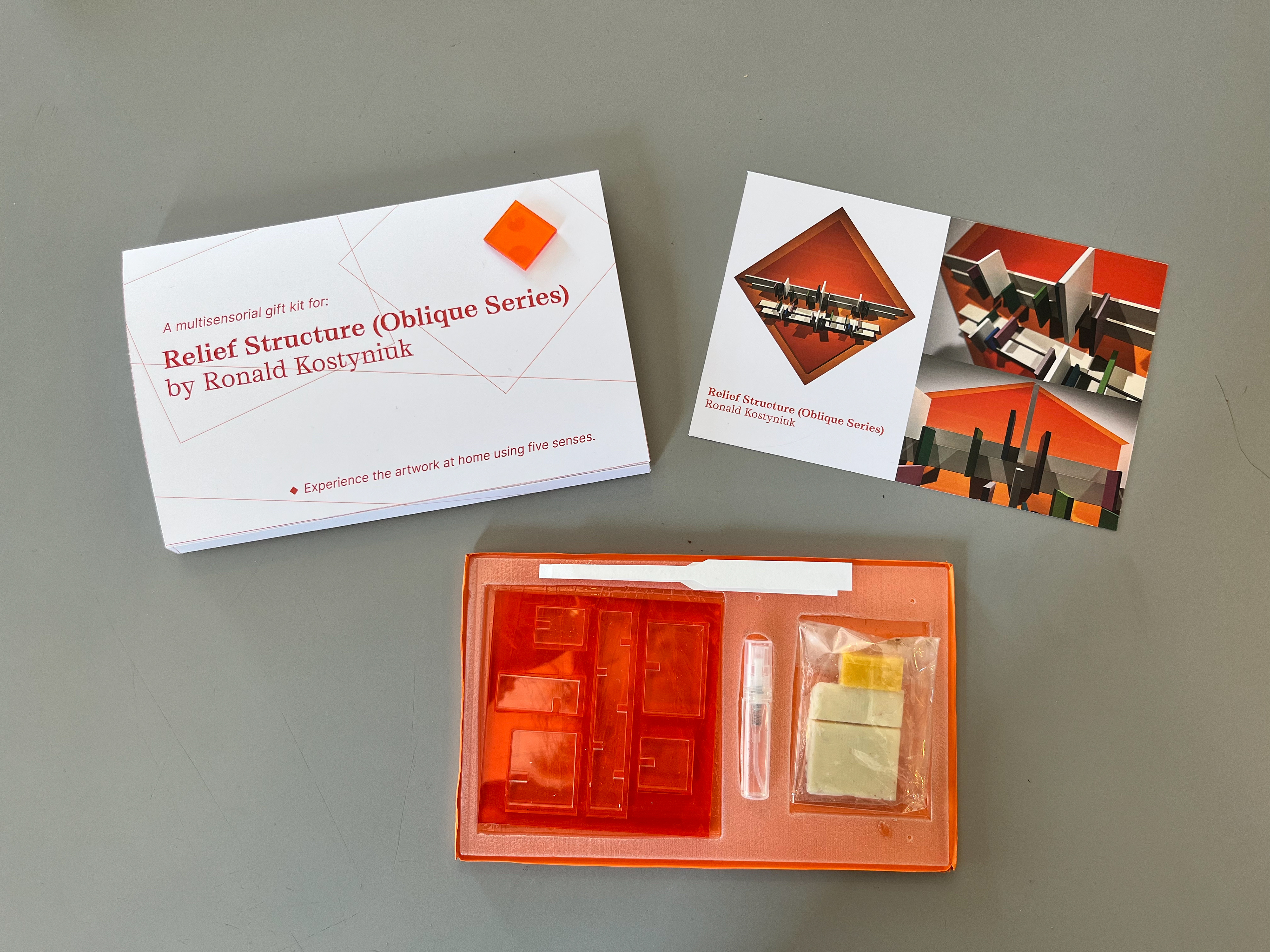
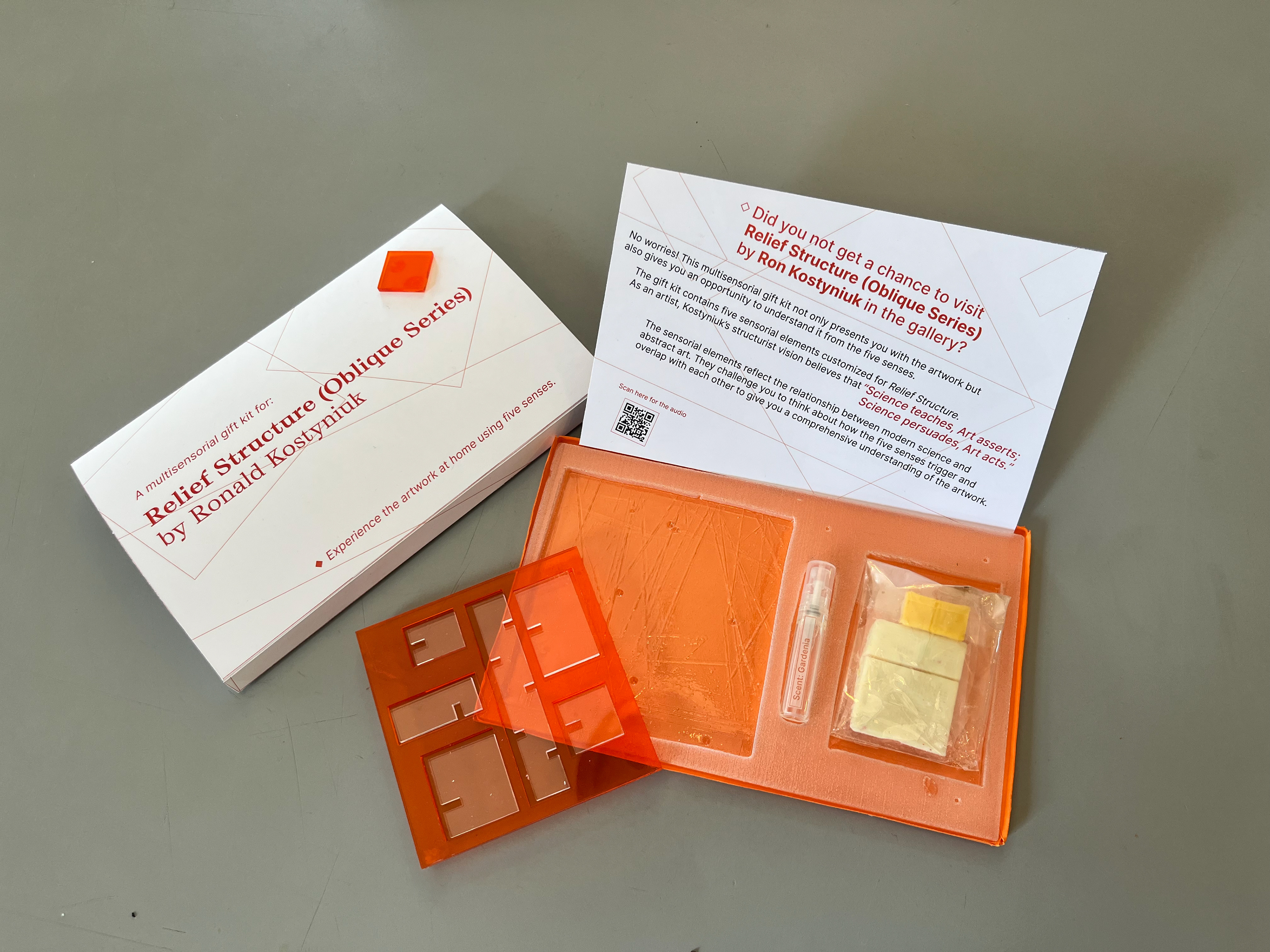
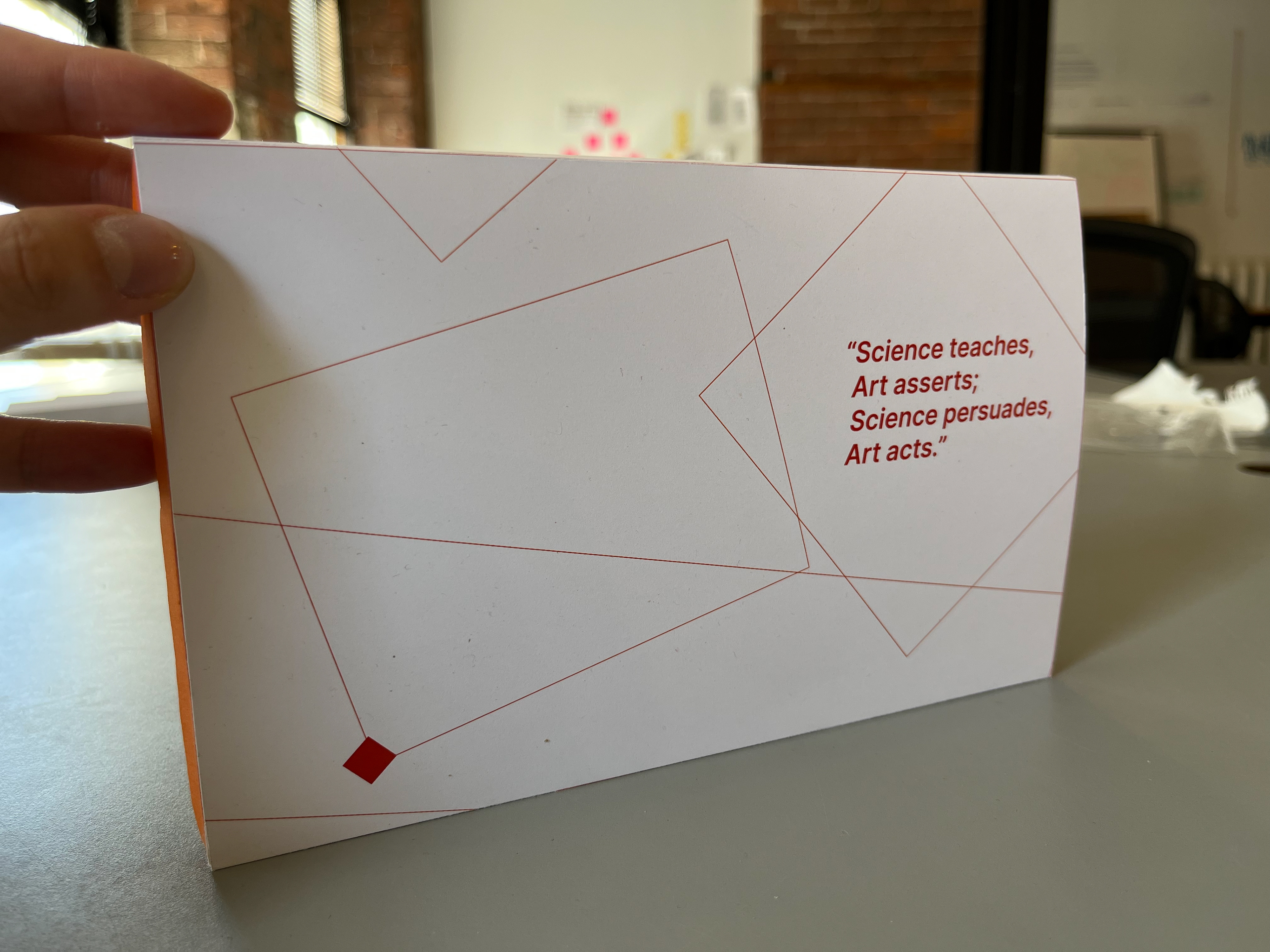
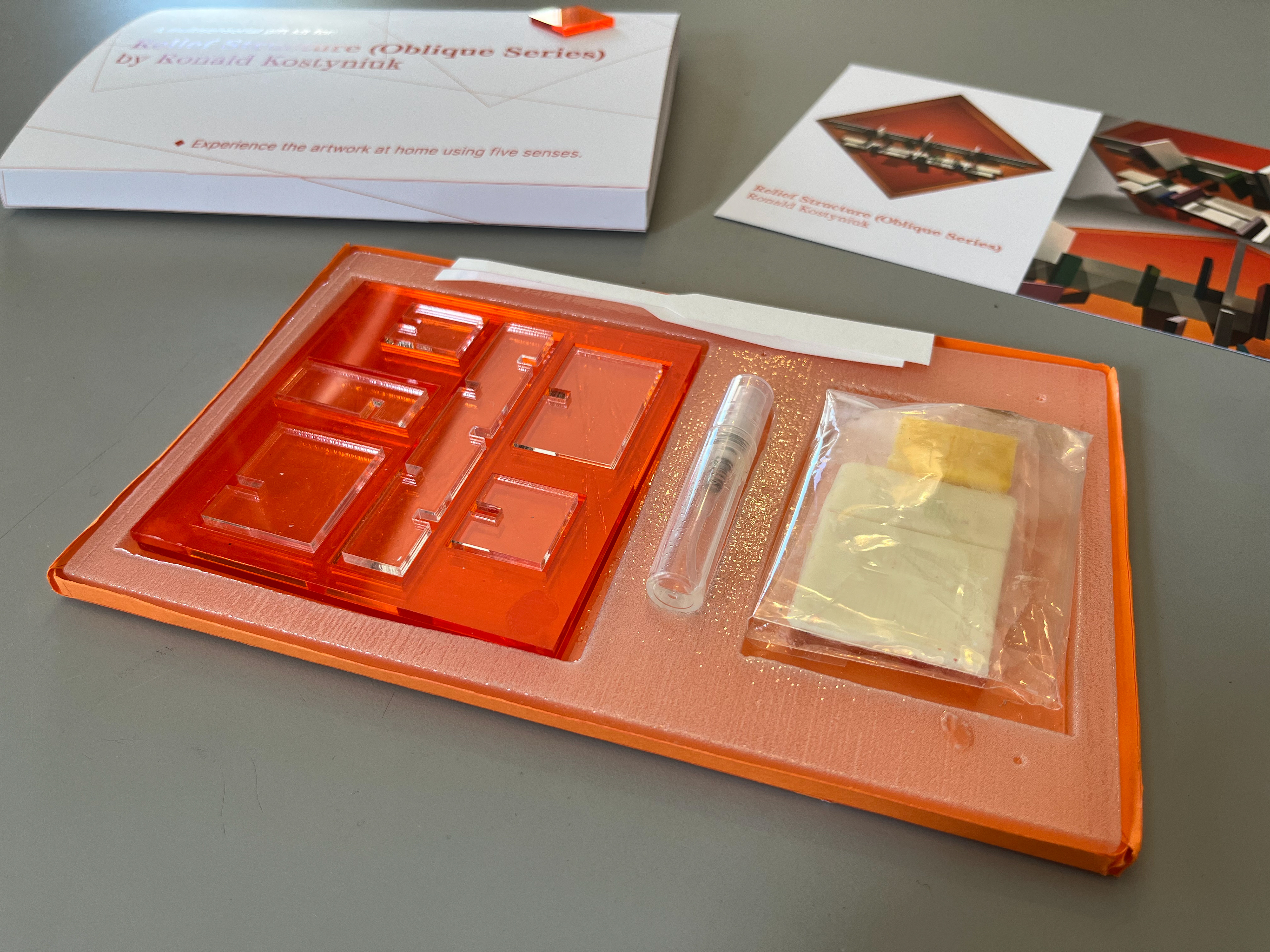
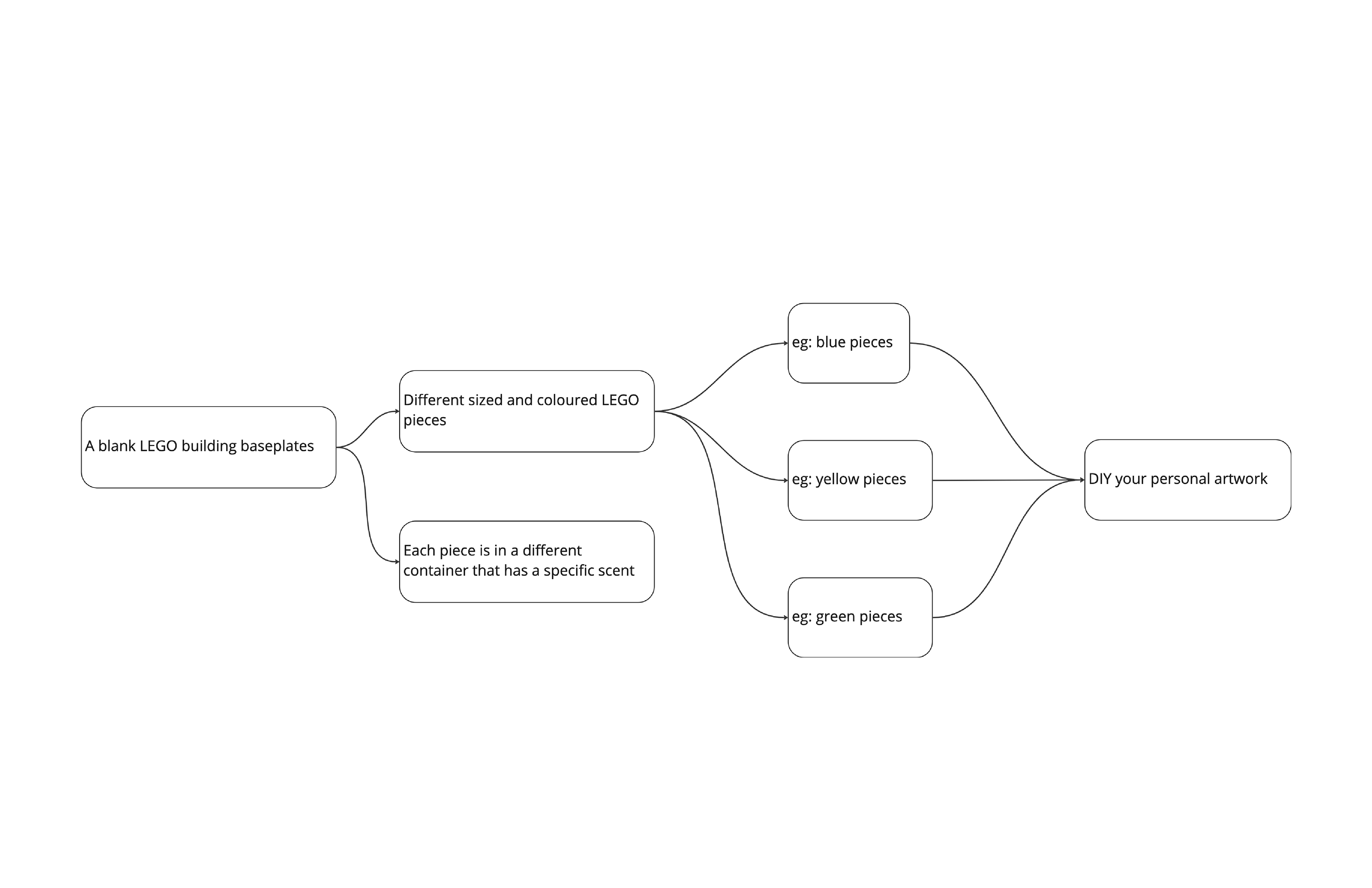
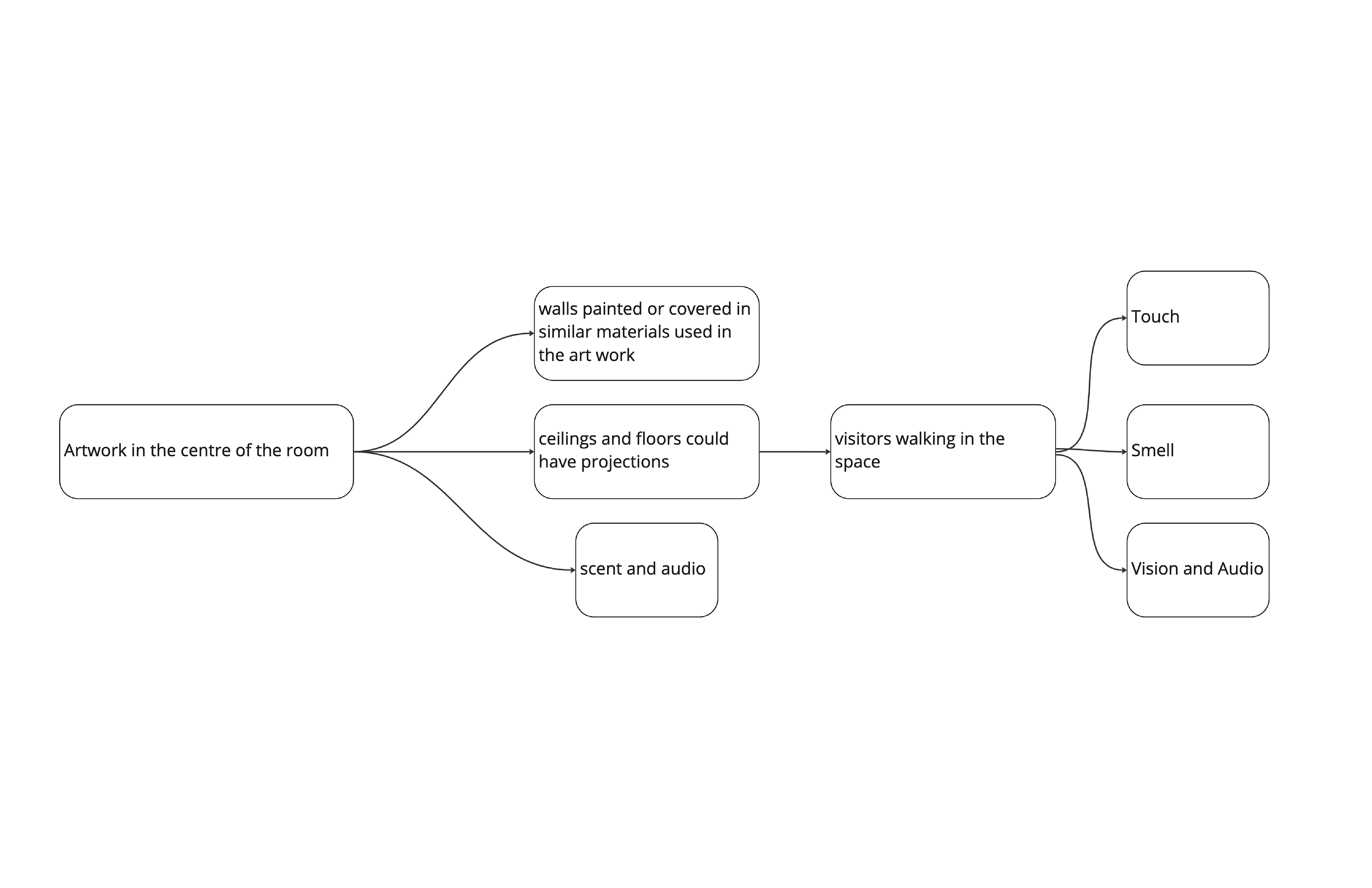
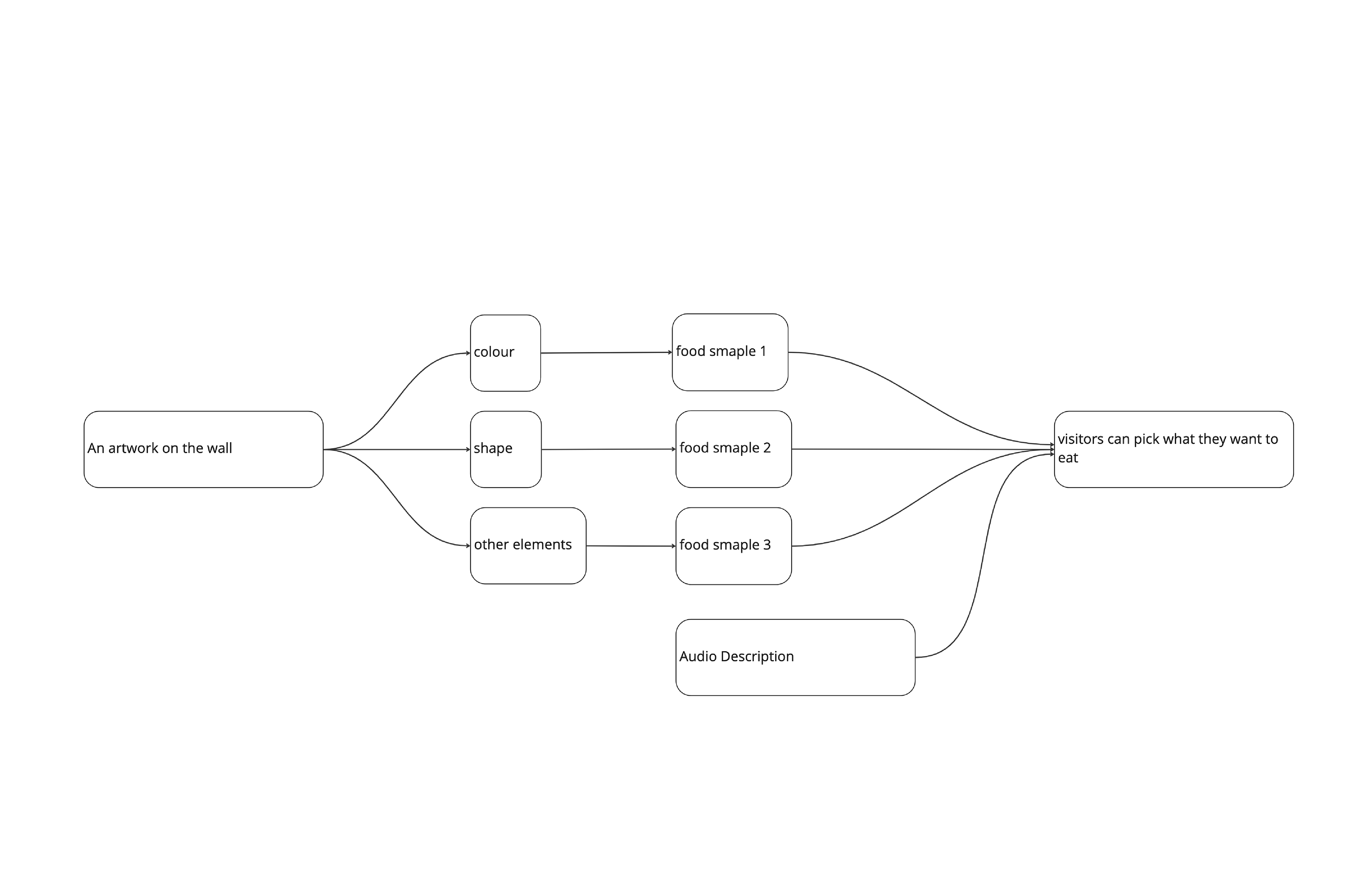
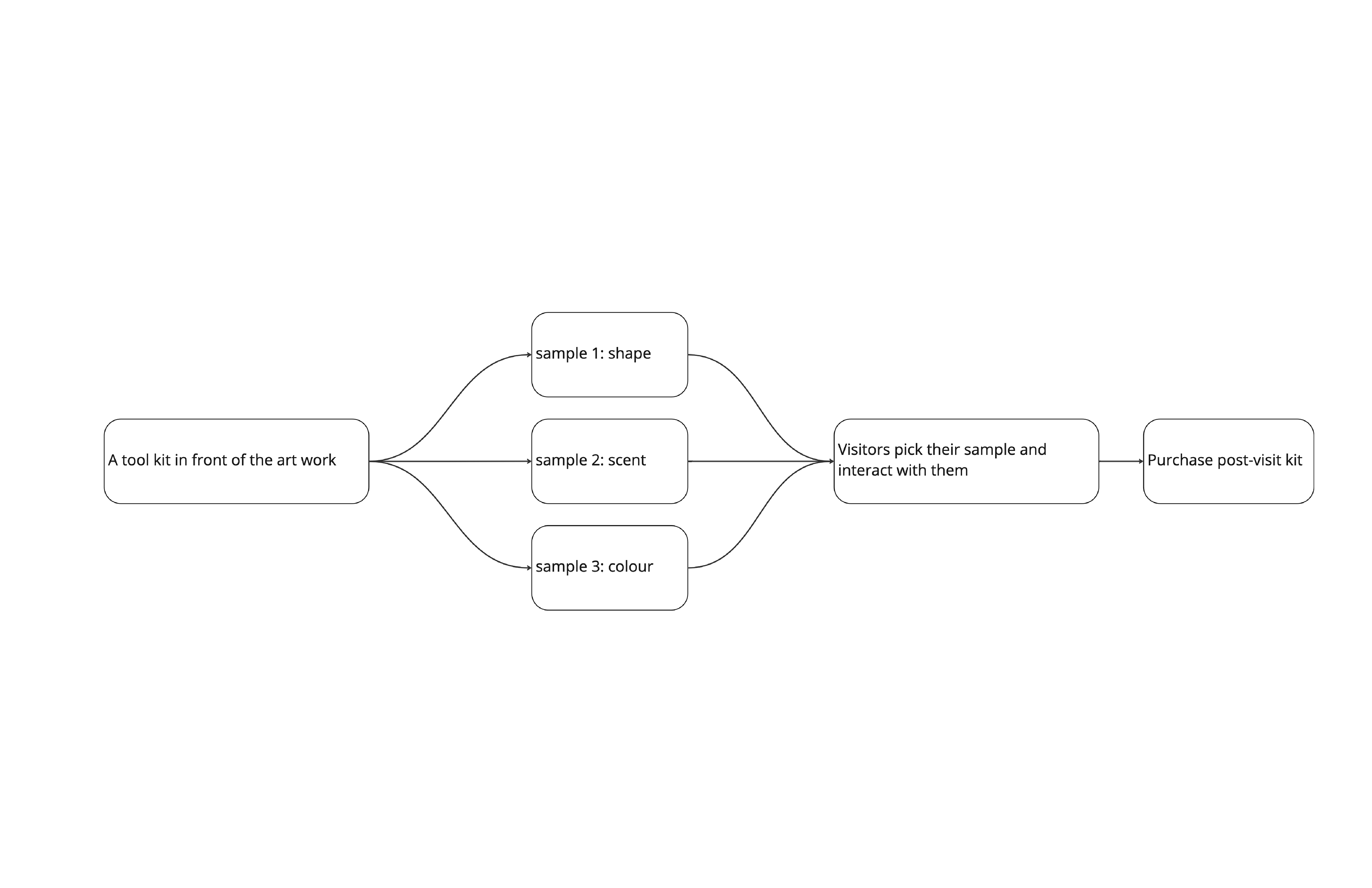
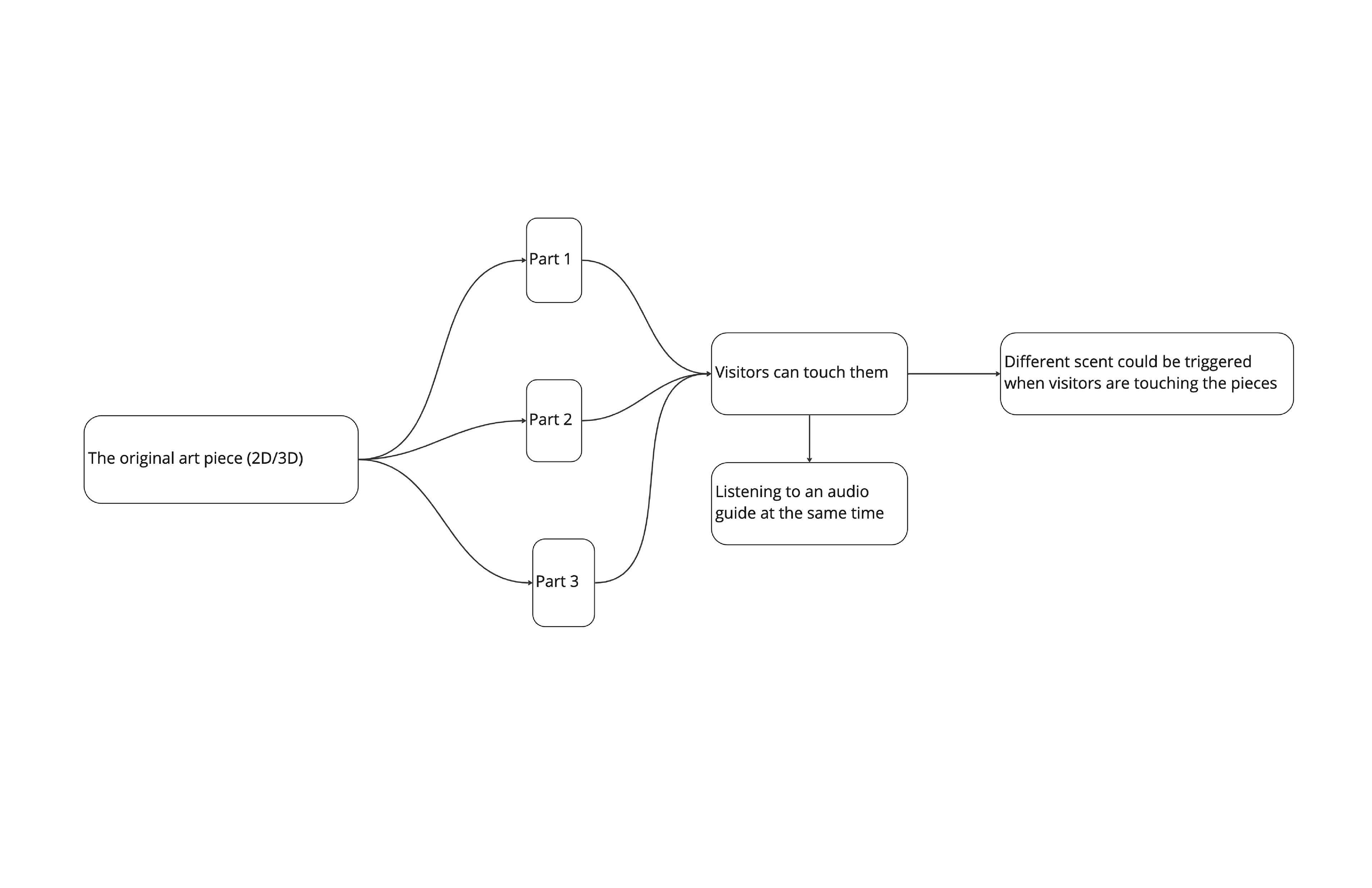
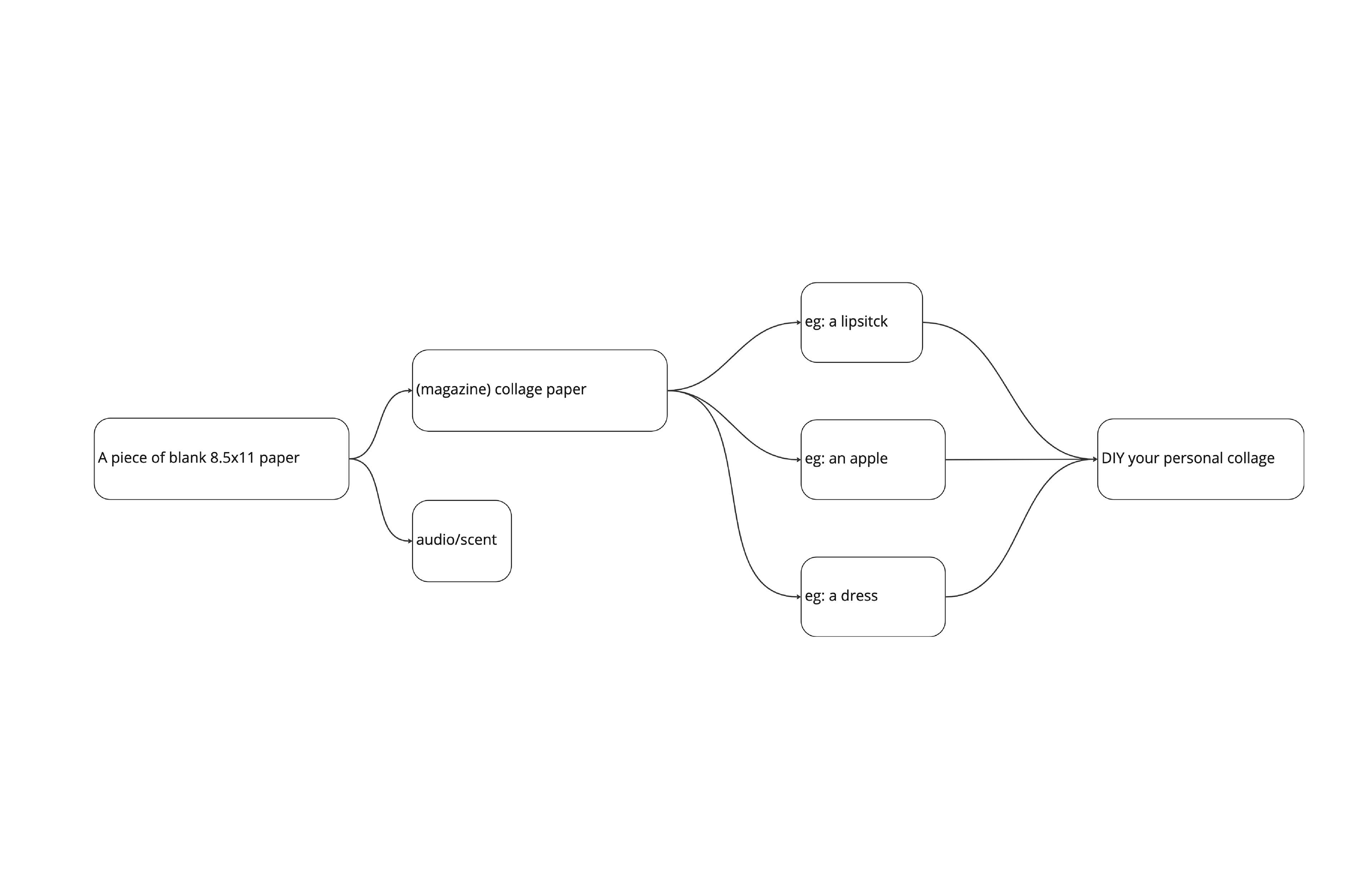
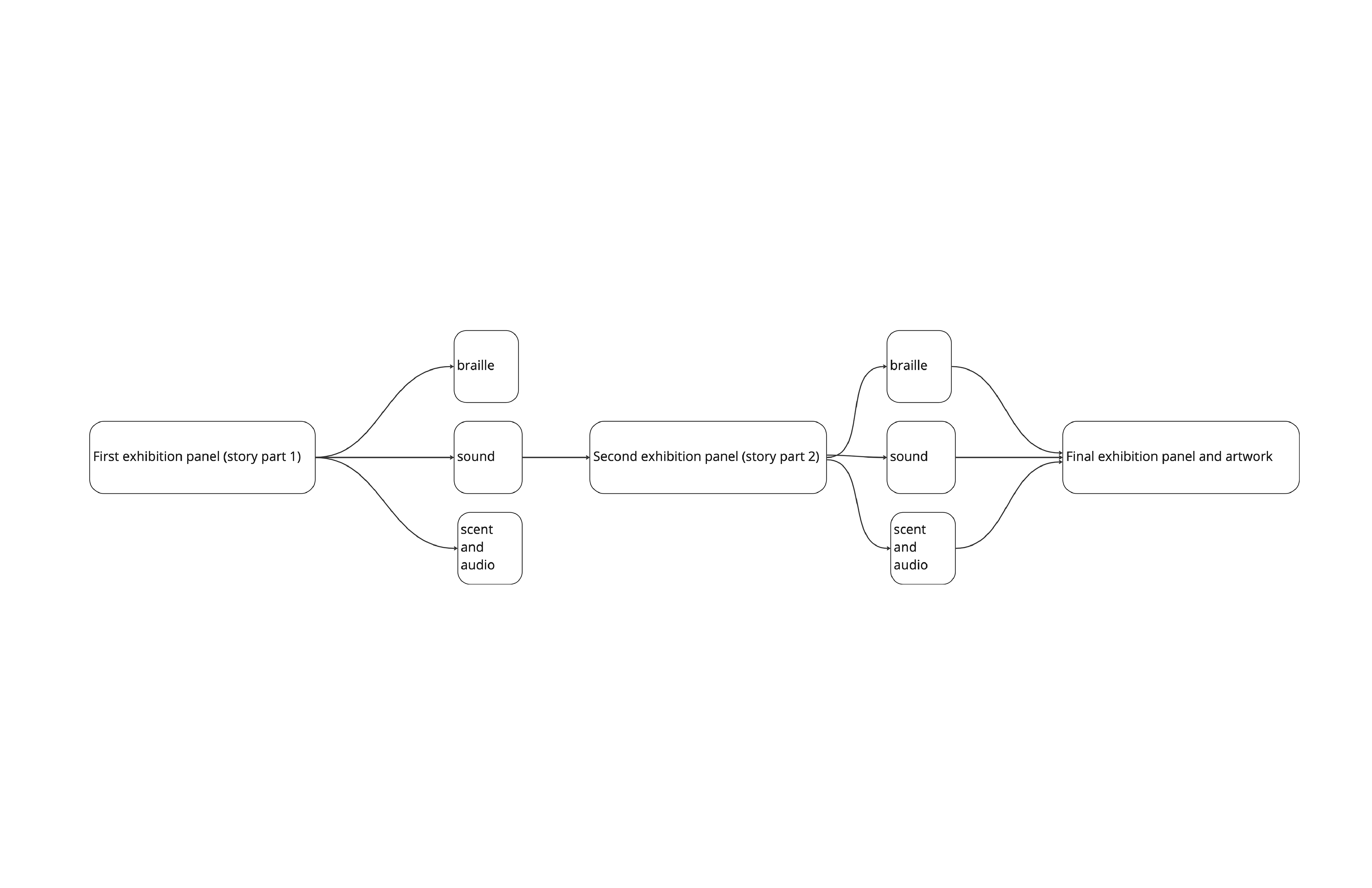
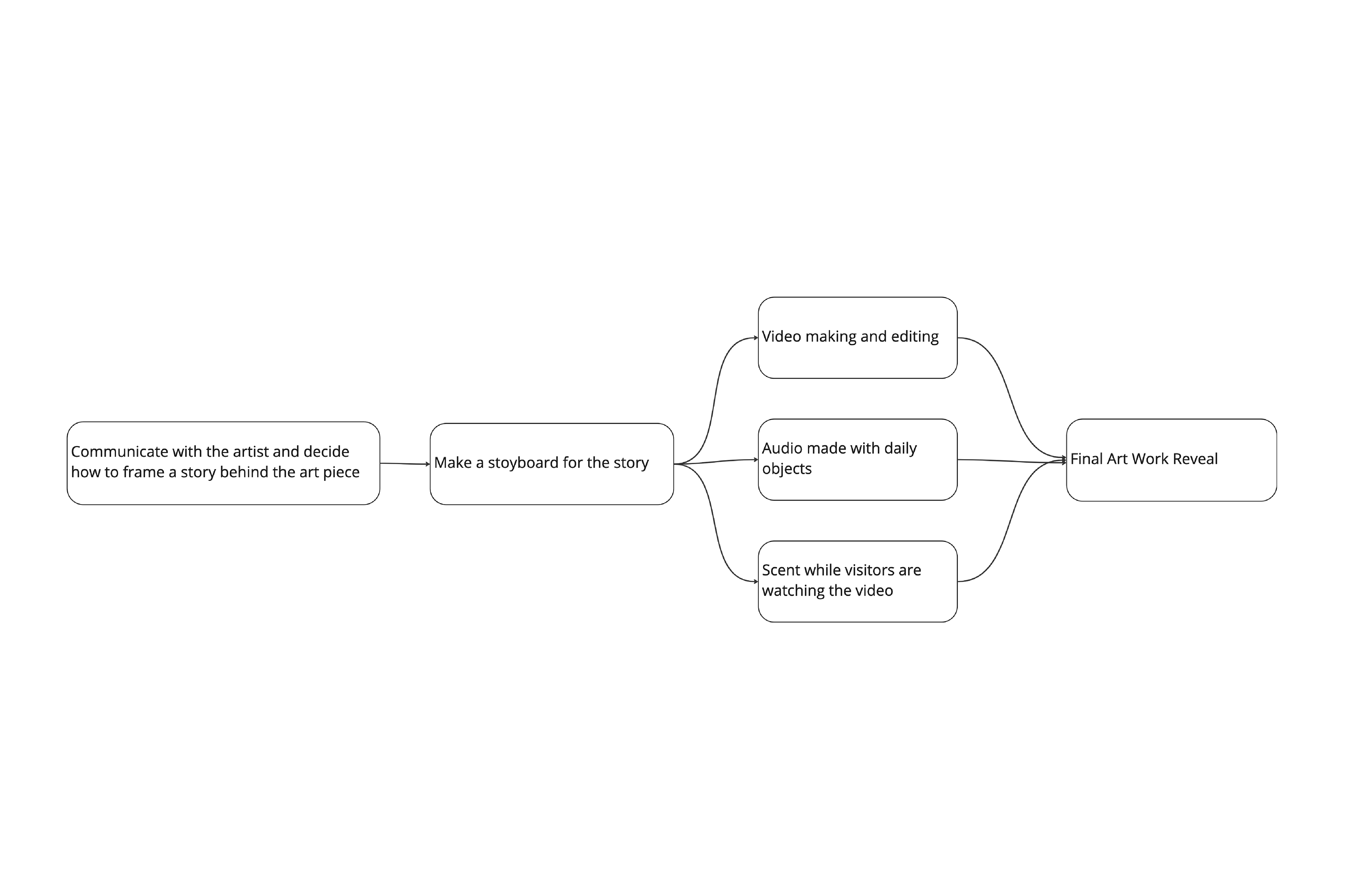
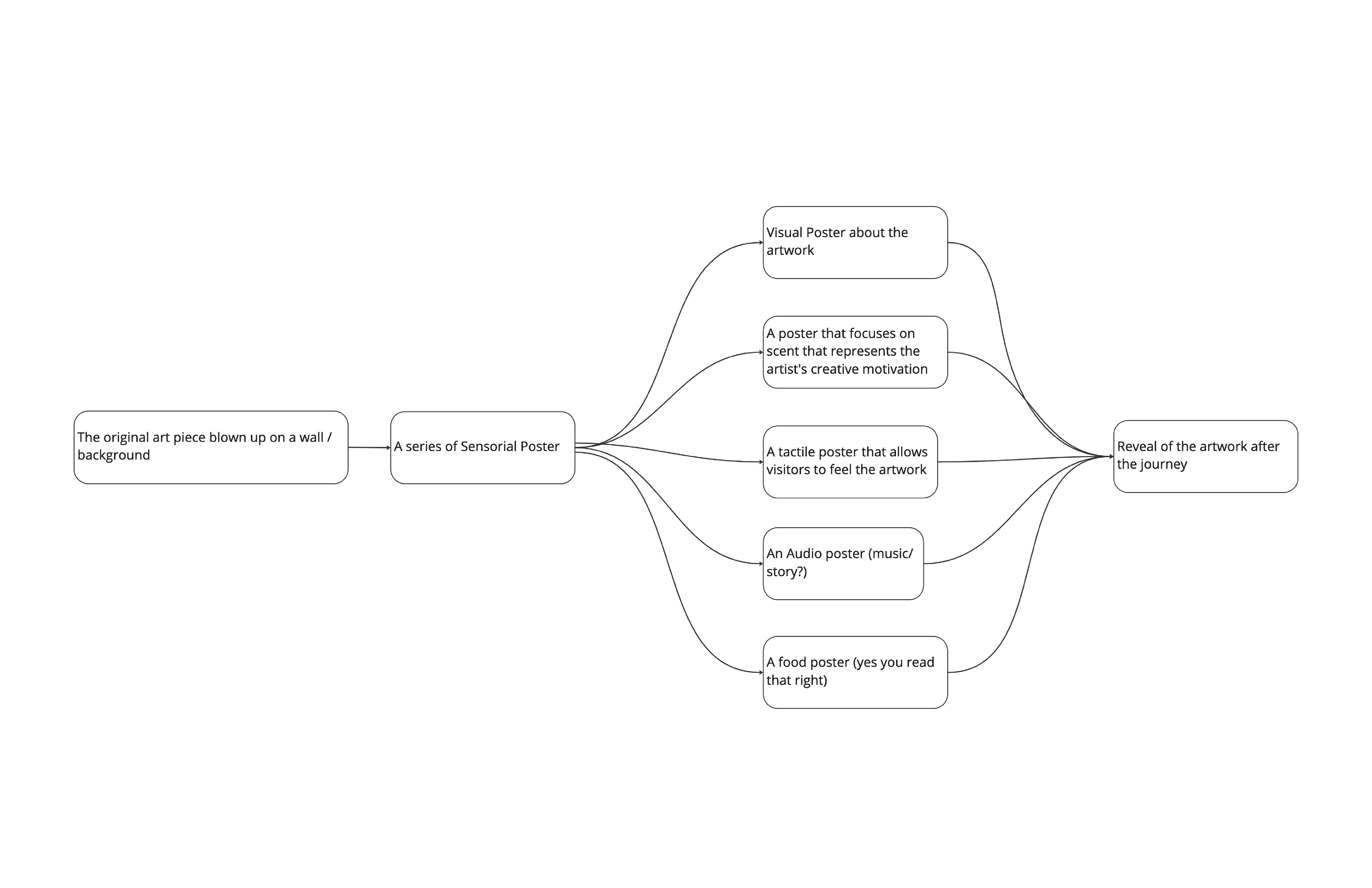
- inclusive design, multisensorial design, editorial design, packaging design - laser cut, digital, print Museums are important educational environments that offer considerable learning potential for all kinds of learners. In most museum experiences nowadays, sight is the dominant sense people use to engage with not only art, but also other kinds of display, which limits their engagement in the museum. If visitors could use multiple senses while visiting a museum, they could enhance learning patterns by interpreting artworks with different senses because different parts of the brain are activated. Therefore, museums need to consider the combined and complex interactions between visual, auditory, olfactory, spatial and other aspects of the visitors’ experience. This thesis starts with introducing the concept and definition, historical background, and educational function of museums, then discusses the issues in museums in the 21st century, and is followed by a case study on the art piece Relief Structure (Oblique Series) by Ronald Kostyniuk which investigates the efficiency of a multisensorial museum exhibition system in people’s museum visiting experience. Both qualitative and quantitative research are applied to this thesis such as interviews, observational studies, questionnaires, empirical research, etc…Two questionnaires regarding people’s museum-visiting sensorial preferences, habits, expectations, and feedback are conducted at the beginning and the end of the case study.
































